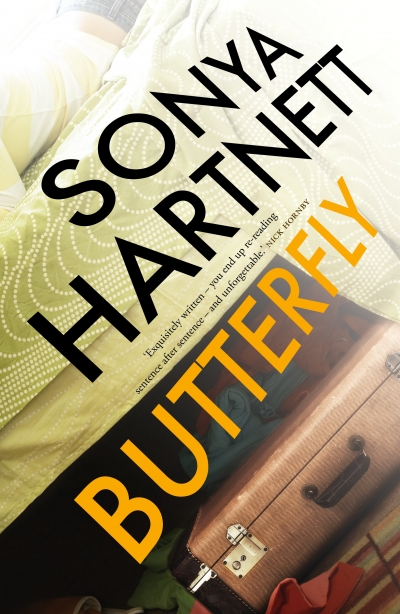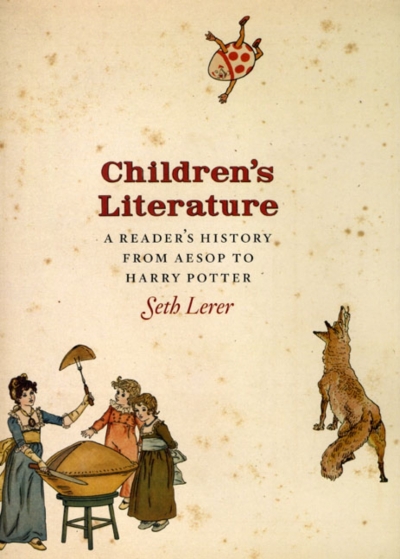Lisa Gorton
Children’s Literature: A reader’s history, from Aesop to Harry Potter by Seth Lerer
i.m. Bettina Gorton
i.
When I drive through freeway towns I look for you
in the sealed front doors of houses, turned away.
I look for you on the couch-grass lawns of February suburbs
between the privet hedge and standard roses with your back to the street.
When I come home from winter holidays I can tell you have been there
drinking window after window of light till it is emptied and grey.
I think once I saw you walking the curve of a disused rail line
where the track shrugged off its sleepers and climbed into the heat.
With Love and Fury edited by Patricia Clarke and Meredith McKinney & Portrait of a Friendship edited by Bryony Cosgrove
... (read more)‘I wonder this wall can bear the weight of such words’
Graffiti on a wall in Pompeii
Dennis Altman
In any given year we will read but a tiny handful of potential ‘best books’, so this is no more than a personal selection. Here are two novels that stand out: Stephen Eldred-Grigg’s Shanghai Boy (Vintage) and Hari Kunzru’s Tranmission (Penguin). Both speak of the confusion of identity and emotions caused by rapid displacement across the world. The first is the account of a middle-aged New Zealand teacher who falls disastrously in love while teaching in Shanghai. Transmission takes a naïve young Indian computer programmer to the United States, with remarkable consequences. From a number of political books, let me select two, both from my own publisher, Scribe, which offers, I regret, no kickbacks. One is George Megalogenis’s The Longest Decade; the other, James Carroll’s House of War. Together they provide a depressing but challenging backdrop to understanding the current impasse of the Bush–Howard administrations in Iraq.
... (read more)






